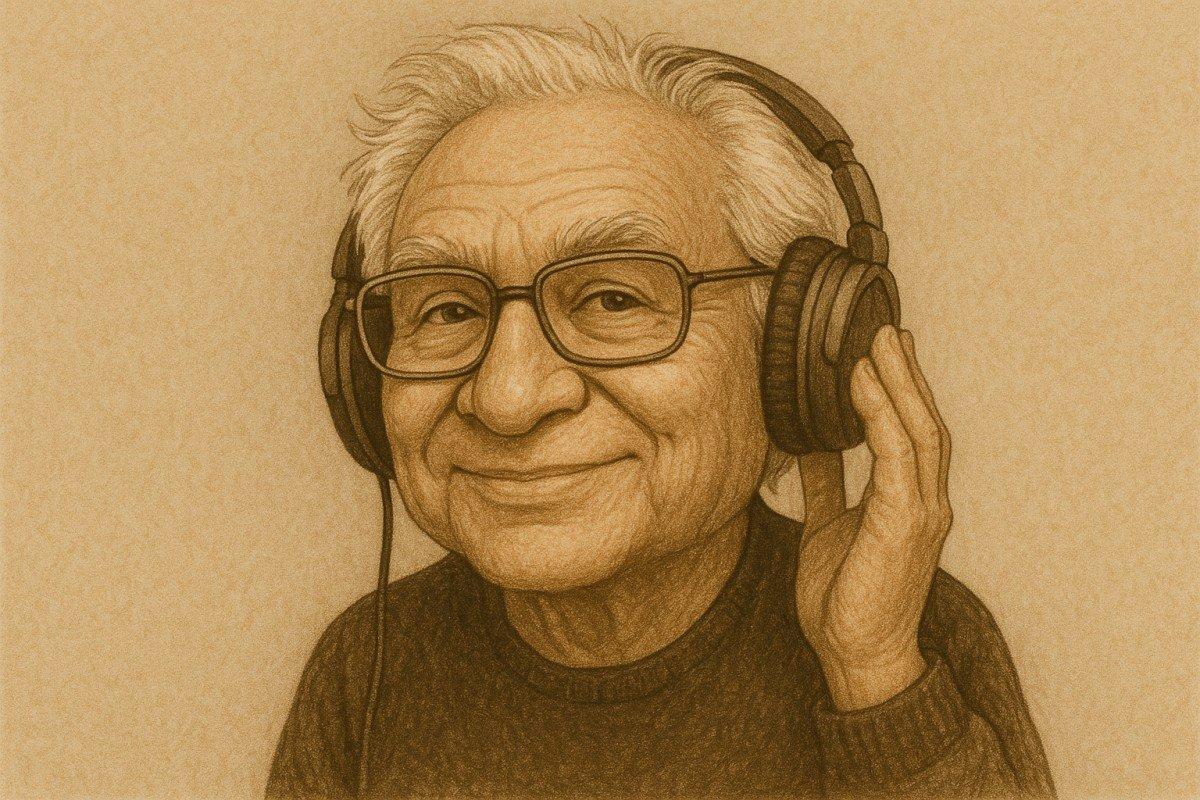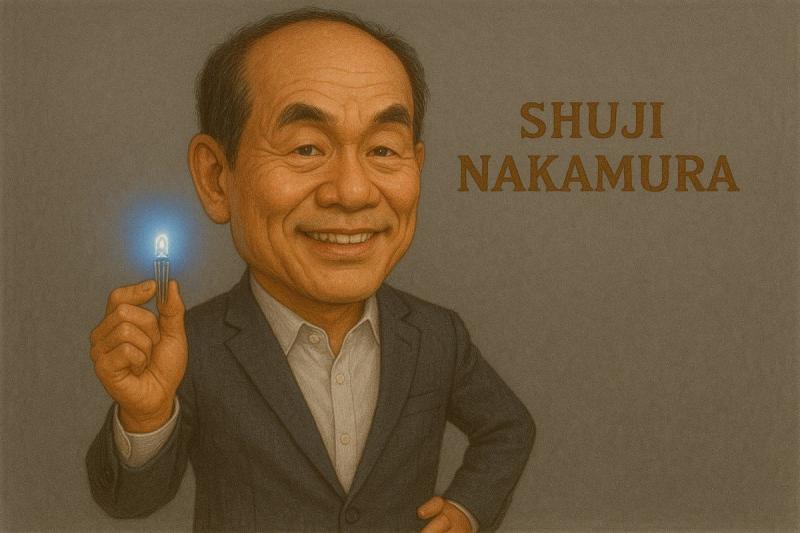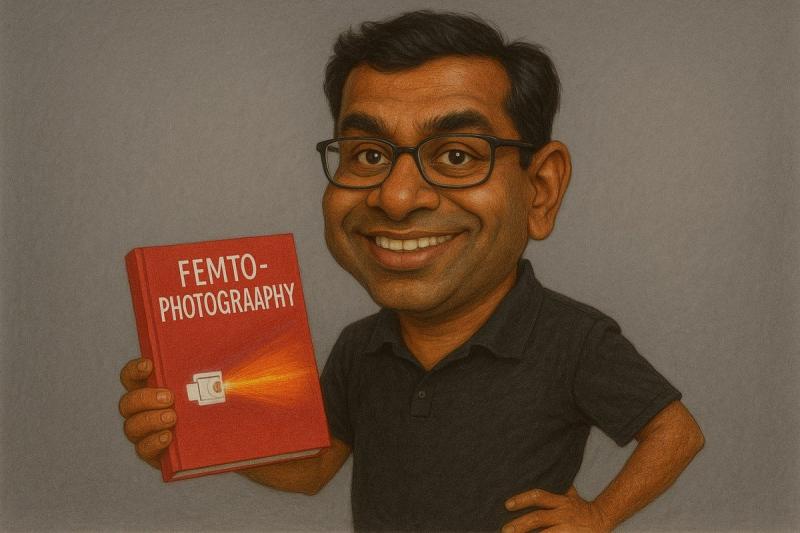Amar Bose: Rewriting the Rules of Sound
Introduction: The Quiet Genius Who Changed How We Listen
Let’s set the scene: it’s a Saturday morning, and you flick on your favourite playlist. The deep thump of the bass, the gentle shimmer of the cymbals—every detail feels close enough to touch. Who do you have to thank for that? Amar Bose. He wasn’t a celebrity DJ or a pop star, but an unassuming engineer who changed the entire soundscape. Long before “immersive audio” and “noise-cancelling headphones” became marketing buzzwords, Amar Bose was on a mission. His story isn’t just about sound—it's about stubborn curiosity, peculiar obsessions with perfection, and, sure, a few oddball experiments in his garage.
I’ve always loved a good underdog tale, especially when it involves someone who just can’t let go of a problem until perfection is the only option. If you’re a fan of real-world innovation, Bose’s journey reads like a blueprint for turning frustration into serious impact.
The Science: Fixing What Others Didn’t Hear
Bose’s breakthrough didn’t come from a slick lab or a think tank. No, it started with disappointment—a high-end stereo purchase in the 1950s that sounded, in his words, "nothing like the concert hall." Rather than sulk, he rolled up his sleeves. He noticed that most speakers fired sound forward, which just didn’t match how music fills a space in real life.
So, Bose asked a burning question: Why not bounce sound off walls, ceilings, and floors—just like what happens in an actual room? This set off a chain reaction of MIT-level problem-solving (he was, after all, a professor there). Bose wasn’t just building gadgets—he was reconstructing the entire way people understood sound reproduction.
He also dove into psychoacoustics—the science of how we actually experience sound—long before it was cool. He reasoned, If our brains fill in gaps in what we hear, maybe loudspeakers should mimic that trick. The result? Speaker systems that flattered the music, rather than flattening it.
From Lab to Living Room: The Bose Corporation Leaps Into the Market
Not content with theory, Amar Bose decided to jump into the business world—a leap most academics avoid. In 1964, using a modest investment and his own research, he founded Bose Corporation. The company’s first blockbuster, the Bose 901 Direct/Reflecting speakers, didn’t just promise clear sound—it genuinely delivered a concert hall vibe in middle-class living rooms across the U.S.
Bose didn’t stop at speakers. He built Bose Wave radios, SoundLink headphones, and even the Bose L1 Model II system for musicians. Ever locked onto a podcast while travelling courtesy of Bose QuietComfort noise-cancelling headphones? Amar Bose’s handiwork, again. These products weren’t just novelties; they redefined entire categories.
Frankly, the approach ran straight in the face of audio “purists” who obsessed over specs rather than experience. But the proof was in the booming bottom line—Bose products became the gold standard. From living rooms to airplanes to boardrooms with BOSE SoundTouch systems, the distinct logo stamped itself everywhere.
Commercial Impact: Building a Crore-Club Based on Quality
Here’s where things get really interesting—money talks, and the numbers here are as punchy as a Bose subwoofer. What started as an MIT professor’s sideline has grown into a multi-crore company, with products ringing up INR 500 crore-plus revenue in some solid Indian quarters. Today, it’s rare to find an airport lounge, luxury car, or serious home cinema in India that doesn't show off at least a Bose Home Speaker 500.
That cash cushion didn’t come by accident. Bose’s firm refusal to chase “race-to-the-bottom” prices set the brand on a pedestal, and customers willingly paid (in droves) for reliability over bells and whistles. A lesson in not compromising—ever.
Legacy: The Sound Stays On
You might think, “Once the founder’s gone, the story fades.” Nope. Amar Bose’s voice echoes through every product with his name. His company is still privately held—a rarity for a business of its stature. Bose’s core ideas about room acoustics, psychoacoustics, and simple user experience remain stitched into product DNA.
The science didn’t freeze either. Bose R&D still pumps billions of INR into breakthroughs—think adaptive audio algorithms and next-generation car sound. The classic 901s you see on resale forums? Collectors still hunt them down like limited-edition vinyl because the sound just holds up.
If you’ve ever lobbed yourself into a quiet corner with Bose Frames (yes, sunglasses with built-in speakers), you’re still riding the ripple effect of Amar Bose’s original “what if?”
Commercial Product Spotlight (Woven Naturally Into the Story)
- Bose 901 Direct/Reflecting speakers: Disrupted home audio with concert-style sound.
- Bose QuietComfort headphones: Brought true noise cancellation to millions.
- Bose Wave radio: Made high-end audio accessible and compact.
- Bose L1 Model II system: Set a new benchmark for live performers.
- BOSE SoundTouch and Home Speaker 500: Integrated smart audio into connected homes.
- Bose Frames: Combined fashion and function—a hat tip to Amar Bose’s love for doing things differently.
Conclusion: Listen Up, This Matters
Amar Bose didn’t invent speakers. He just made them so good that you stopped thinking about the hardware and started feeling the music. His dogged refusal to accept “good enough,” his arrogance in tackling experts, and his uncanny knack for asking the next big question—these built a legacy that still hums in every living room, airport, and concert hall from Boston to Bengaluru.
So next time you’re lost in the sweet chaos of your playlist, spare a thought for Amar Bose—a quiet engineer who couldn’t let a stereo disappointment go. Sometimes it’s the sound of obsession that truly changes the world.
Would Amar have designed his own reminder alarm? Knowing him, yes, but it’d play in perfect surround sound.



